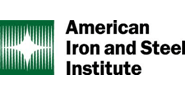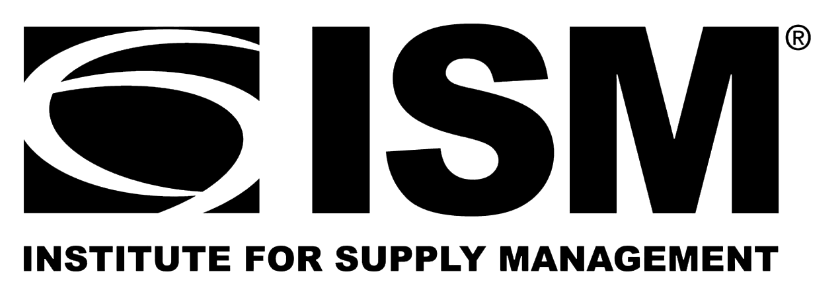Market Data

June 2, 2020
Has Reshoring’s Time Finally Come, Thanks to the Pandemic?
Written by Tim Triplett
Harry Moser’s phone and email have been ringing off the hook. Moser is the founder and president of the Reshoring Initiative, whose mission is to convince companies to bring manufacturing, and manufacturing jobs, back to America. Reshoring was already gaining momentum prior to the coronavirus outbreak, but the pandemic has infected the marketplace with a greater awareness of the vulnerability inherent in global supply chains and a greater sense of urgency about the need for reshoring.
A recent survey by Thomas.net found that the coronavirus pandemic has prompted many U.S. manufacturers to examine how to bring at least some of their operations back home. Nearly two-thirds of North American manufacturers said they are interested in bringing production and sourcing back to the continent. Steel Market Update readers report that reshoring is top of mind among their customers. “We know several customers that are looking at the possibility of reshoring. They were prior to Covid-19, but this event has given more credence for the need to reshore,” said one executive. Added another: “Anyone that is buying product offshore is either going to try and bring a portion of it back home or at a minimum will develop alternate sourcing options to offset the risks involved with buying outside of North America.”
The American economy is dependent on other nations for many products, from minerals to medical supplies, Moser noted. Frightening press reports of hospitals overrun by COVID-19 patients without the ventilators and personal protective equipment to safely treat them has driven the point home in dramatic fashion. “With the coronavirus, more people understand that lack of self-sufficiency can kill you. You can lose your job. It has moved from a greater intellectual awareness to a visceral concern,” he said.
Founded in 2010, the Reshoring Initiative’s lofty goal is to bring five million manufacturing jobs to the U.S. from offshore, balancing the goods trade deficit and increasing U.S. manufacturing by 40 percent. The nonprofit tracks company and media reports and estimates U.S. manufacturing realized a net gain of 600,000 jobs from 2010-2019—a combination of reshoring by U.S. companies and foreign direct investment by foreign companies. Cumulatively, the jobs brought to the U.S. through the end of 2019 represent about 5 percent of total manufacturing employment.
American companies continue to ship some production, and jobs, to low-wage countries overseas. So, to produce a net gain in U.S. employment is a daunting task, Moser acknowledges. It won’t happen overnight. “It took 20 years for the automotive supply chain to spread around the world, so it will likely take that long to bring some of it back. But over the next couple decades, we could make much more of what we consume here if that became our goal.”
Much of the U.S. production that has been offshored ended up in China, which has an eager, skilled and relatively inexpensive workforce. But China is a less hospitable place to offshore production today due to various political conflicts. Chinese wages have also risen by 10 percent or more for the past 15-20 years, so they don’t offer the same cost advantage as in the past, and in some cases are now higher than wages in Mexico. Factors like those are also prompting companies to reconsider where they make their products, Moser said.
Trade with China is important to the U.S. economy. The goal is not to bring all production back from China, but rather to seek a better balance in the trade flows. By taking steps to eliminate the United States’ $800 billion trade deficit—by lowering the value of the dollar by 20 percent and adding a 15 percent value-added tax on all imports as many other countries do—the U.S. can begin to level the playing field and keep manufacturing home, Moser maintains.
The Reshoring Initiative does not track “near-shoring,” mostly the return of jobs from Asia to Mexico, but that trend is positive for the U.S. “Product that ships from Mexico has on average 40 percent U.S. content; product that ships from China has on average 5 percent U.S. content. So, if we can at least get it back from China to Mexico, we have regained about one-third. We want it here, but Mexico is a gain,” Moser said.
On its website, the Reshoring Initiative has tools to help manufacturers calculate the total cost of ownership (TCO). The free online software helps companies calculate their true total costs, factoring in some 30 different variables that go well beyond just labor and shipping, so they can make more informed decisions comparing offshoring to domestic sourcing. “Our analysis shows that when U.S. companies decide based on the total cost versus the basis of price, 24 percent of what is offshore would come back. With a Trump tariff of 15 percent tariff on Chinese imports, some 38 percent would come back,” Moser said.
Reshoring also will take a commitment by consumers to ask for Made in America products and a commitment by government and industry to train a workforce with the skills necessary to handle the tasks now being done in other countries. “As long as we keep talking about it, we can keep the pot boiling,” Moser added.






